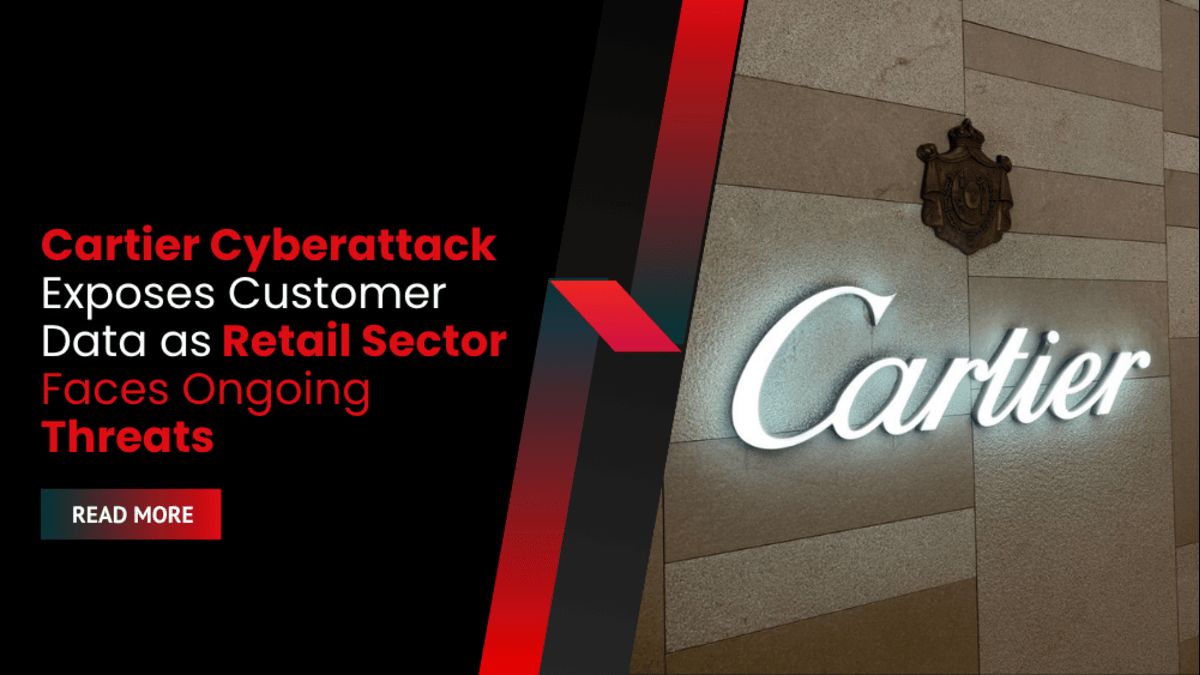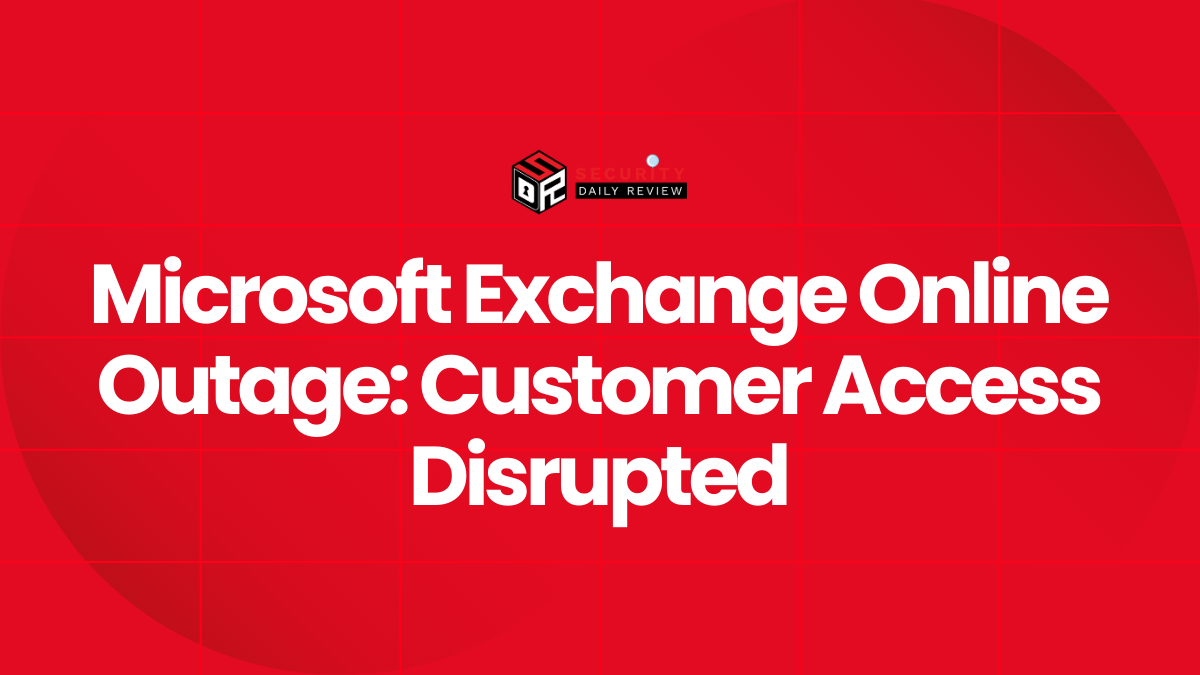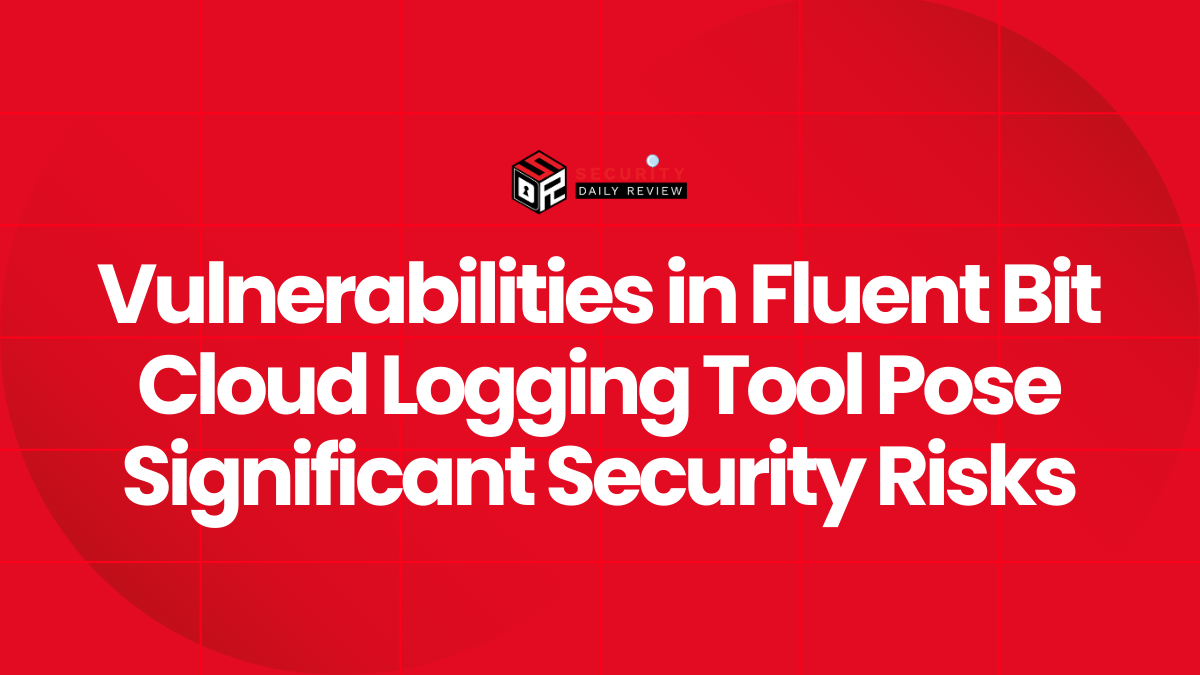Luxury brand Cartier has confirmed a cyberattack that exposed limited customer data, highlighting a growing trend of cyber threats in the global retail industry.
Cartier Confirms Cybersecurity Breach Affecting Customer Information
Cartier, the luxury jewellery brand under Richemont Group, has disclosed a cybersecurity incident in which an unauthorized party gained temporary access to its online systems. The breach, shared in a customer email obtained by Reuters, led to the theft of limited personal information.
According to Cartier, exposed data included customer names, email addresses, and countries of residence. The company emphasized that no passwords, financial information, or credit card details were compromised.
“An unauthorised party gained temporary access to our system,” Cartier stated in the email.
“The affected information did not include any passwords, credit card details or other banking information.”
The company said the breach has been contained and that it has notified authorities. It also confirmed that it is now working with external cybersecurity specialists and has improved its system protections.
Cartier did not issue any public statement or respond to further media inquiries regarding the scale of the breach or how long the attackers maintained access.
Retail Sector Faces Surge in Targeted Cyberattacks
Cartier is not alone in dealing with cyber threats. Over recent weeks, multiple retail brands have reported similar cybersecurity incidents, reflecting a broader wave of attacks targeting enterprises handling high-value customer data.
Julius Cerniauskas, CEO of Oxylabs, commented on the broader implications:
“Attackers are becoming more opportunistic and sophisticated, targeting brands that hold valuable customer data, not just credit card numbers.”
Among other affected companies:
- Victoria’s Secret reported a breach that forced a temporary shutdown of its website. While the company said there was no financial impact in Q1, it warned of added Q2 costs.
- Marks & Spencer revealed that a “highly sophisticated and targeted” attack in April is expected to cost the company £300 million (approx. $405 million) in lost profits.
- The North Face, owned by VF Corporation, informed customers of a credential stuffing attack in April. Hackers attempted to log in using stolen credentials from other breaches.
- Harrods also acknowledged a recent cyberattack attempt, joining Marks & Spencer and the Co-op Group in reporting incidents tied to the retail sector.
These attacks underline the increasing pressure on retail and luxury brands to strengthen their cyber defenses as threat actors evolve beyond simple data theft.
Cyberattack Trends in Retail Signal Strategic Shift
The surge in attacks on companies like Cartier suggests a strategic pivot by cybercriminals. Instead of directly targeting financial institutions, attackers are focusing on industries rich in customer data, brand equity, and public visibility.
Retailers—especially those serving global clientele—face higher stakes when a breach undermines customer trust. While no sensitive financial data was accessed in the Cartier breach, the exposure of identity-linked data such as emails and names still poses a risk of future phishing and social engineering attacks.
The Cartier incident reinforces the need for enterprise-wide cybersecurity strategies, continuous threat monitoring, and customer communication plans in the event of data breaches.









